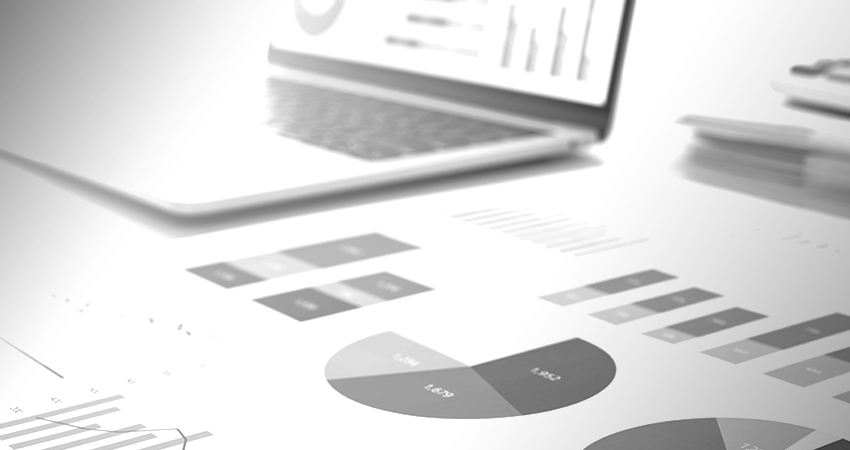
Data classification delivers many benefits, but it’s important that you
can measure that success and demonstrate the value to the executives and compliance and governance teams within your organization. Utilizing reporting capabilities enables you to keep track of what users are doing with data and where data is stored, as well as making sure organizational policies and compliance regulations are being met. As information security becomes more people-focused, the need to ‘Trust but Verify’ user behavior is critical.
The Fortra Data Classification Reporting Server is a web-based application providing a centralized reporting and dashboarding solution. It enables organizations to provide their end users with the ability to access, design, and manage dashboards and reports effectively, while monitoring data classification activities. Fortra Reporting Server demonstrates the value your organization is gaining from your data classification solution, alongside improvements in security awareness, data loss, and data governance.
How Fortra Data Classification Reporting Server Works
When key events happen, i.e. a document is created or sent, events are generated by the classification software and consolidated into the reporting database. There are numerous events and examples of these events include, but are not limited to:
- A user sends an email with a selected label value
- A user saves a document with a selected label value
- A user saves a document, or sends an email, without selecting a label value
- A user continues to send an email message that contains a policy violation after reviewing warning
- A downgrade or upgrade of a classification level was prevented or allowed
- The usage of a classification application on identified computers
The database can be interrogated by the reporting server, which helps organizations understand the value they are getting from Fortra's Data Classification software such as:
- Are users classifying as expected?
- Is sensitive data being stored, and sent, to the right locations?
- Are users downgrading and upgrading appropriately?
- Are users being educated about data security?
| Key Feature | Benefit |
|---|---|
| Accessible from anywhere | No deployment needed. View and manage reports and dashboards from all modern web browsers |
| Single sign-on | Uses single sign-on windows authentication method to log in |
| Role-based access control | Control who can see, create, and access specific reports, as well as limit report access appropriately to keep department functions separate and secure |
| Flexible intelligence packs | Choose from collections of pre-built reports and dashboards that can be customized to fit organizational needs, or create your own |
| Classification usage tracking | Provides insight on how many times a classification value has been used for saved documents or sent emails, and tracks those trends over time |
| Location of classified documents | Shows the classification value and the path where a document is saved. Knowledge of where sensitive data, such as PII, resides is essential to be in compliance with regulations such as ITAR, CCPA, and GDPR |
| Track downgrades and upgrades of classification levels | View original classification levels, and changes made to classification levels, as well as visibility on a user-by-user basis as to who is downgrading or upgrading specific classifications |
How protected is your data?
Meet with one of our experts to assess your needs, and we'll walk you through our solution.